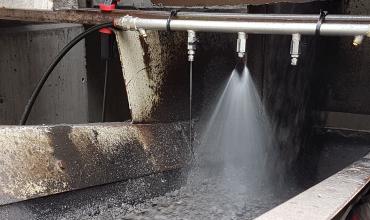Dossier 22 – Sustainability evaluation of asphalt mixtures

More and more attention is being paid to sustainability aspects in the design and execution of structures. In road construction, too, clients and designers want a better understanding of what the consequences of a particular choice in terms of material use or execution method are in relation to climate change, emissions of particulates or other pollutants, noise or other nuisances for people and the environment.
In this document, we explain the approach to achieve an objective assessment of the sustainability of an asphalt road surface. The method developed here builds on the insights developed in recent BRRC research projects (EDGAR and Re-RACE).
Being able to measure the sustainability of a product such as asphalt, using indicators of environmental, economic and social nature, is important because it can lead to improved forms of procurement where sustainability is taken into account in addition to pricing.
After an introduction on the normative framework for sustainability evaluations and the idea of life-cycle thinking (LCA) as a basis for calculations, the method is explained and calculated in detail for a typical asphalt mixture for top layers. As the basis of the data for the environmental indicators, this relies on the information given in the environmental product declarations of the raw materials (EPDs). This also points to the complexity that exists in that context of getting coherent data available, or only having data that is difficult to compare.
The sustainability evaluation described here shows results in general terms of positive or negative impact on the various indicators considered for five asphalt mixtures for top layers with a (high) percentage of RA (20% or 50%) whether or not combined with a certain rejuvenator.
